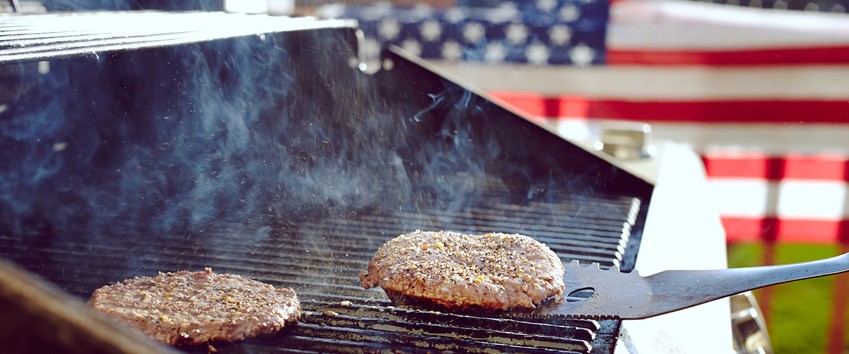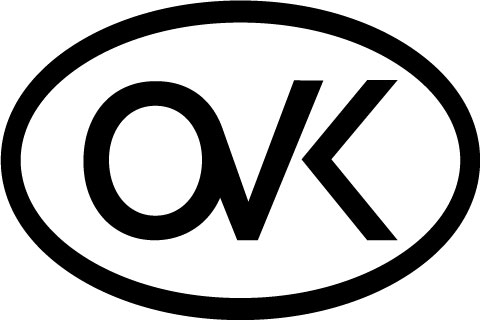The Jewish culture is one rich in history and heritage. Jews trace their ancestry back to the ancient figure Abraham, who first led the Jews out of Mesopotamia into Israel. Since then, the Jews have undergone centuries of change and have endured unimaginable atrocities, yet they still remain deeply rooted in the traditions of their ancestors. The Jews carried their history and traditions with them when they first immigrated to America in the late sixteenth century. Kosher food in particular has been a tradition diligently upheld by the Jewish community in America, and remains a vital part of modern American Jewish culture.
Kosher food’s introduction to America began with the Spanish Inquisition. Jews were facing persecution under the influence of new Christian leadership in Spain, and fled to Greece, England, the Middle East, and eventually, the Americas. Twenty-three Sephardic Jews arrived in New Amsterdam in 1654, and brought with them their Kosher food traditions. In the same year, a Spanish and Portuguese synagogue called Congregation Shearith Israel in New York was founded. This was essentially the only location where kosher meat was processed and sold until later years. By the middle of the 18th century, kosher beef from the area had spread internationally and was being exported to places like Jamaica and Curacao. One of the most prominent figures in early American Kosher food was a man by the name of Uriah Hendricks. Hendricks arrived to the Colonies in 1755 from England. He was an especially devout Jew, and placed a high importance on keeping the Sabbath and obeying Kosher food requirements. In 1791, he became the president of Congregation Shearith Israel, where he was able to oversee all Kosher slaughtering in New York.
With the late 19th century came a boom of industrial growth in America, and Jewish and non-Jewish innovators alike found ways to take advantage of the newfound technology. Many new kosher foods created by Jewish innovators, such as Dr. Brown’s Cel-Ray Tonic and Crisco, were mass-produced and sold everywhere in America. In 1915, with the ever-increasing influence of Kosher food, the New York State Legislature passed the first Kosher Food Law. This law prohibited marketing non-kosher foods as kosher. In 1946, thousands of Holocaust survivors came to the U.S. seeking a new start. These Jews brought fresh insight and innovation into the Kosher food business and opened up hundreds of manufacturing and retail establishments. By 1993, major food companies like Coors, General Mills, Hershey, Kraft, and Nestle had acquired Kosher certification.
While Kosher food has had a colorful history in all areas of the U.S., its story in St. Louis Missouri is worth examining specifically. St. Louis’s Jewish heritage began with the immigration of a man named Joseph Philipson, who opened up a store there in 1807. Philipson was active in all areas of business and commerce in St. Louis, and helped lay a foundation for other Jews who would come later. In 1837, the United Hebrew Congregation Synagogue was founded, and is still in existence today. After the Chicago Fire in 1871, many Jews relocated to St. Louis, and with them brought an influx of new kosher food businesses. Today, St. Louis has a strong Jewish community that continues produce and sell kosher food to the community.
Kosher food is simply one example of the drastic effect one culture’s presence can have on a society. As the “Melting Pot”, America gains much of its cultural value from the vast diversity present in every area. Without the Jewish people’s influence on American traditions, the food industry as we know it would not exist
Works Cited
http://www.jewishvirtuallibrary.org/jsource/judaica/ejud_0002_0017_0_17301.html
http://www.lubicom.com/kosher/history/
http://en.wikipedia.org/wiki/History_of_the_Jews_in_St._Louis


